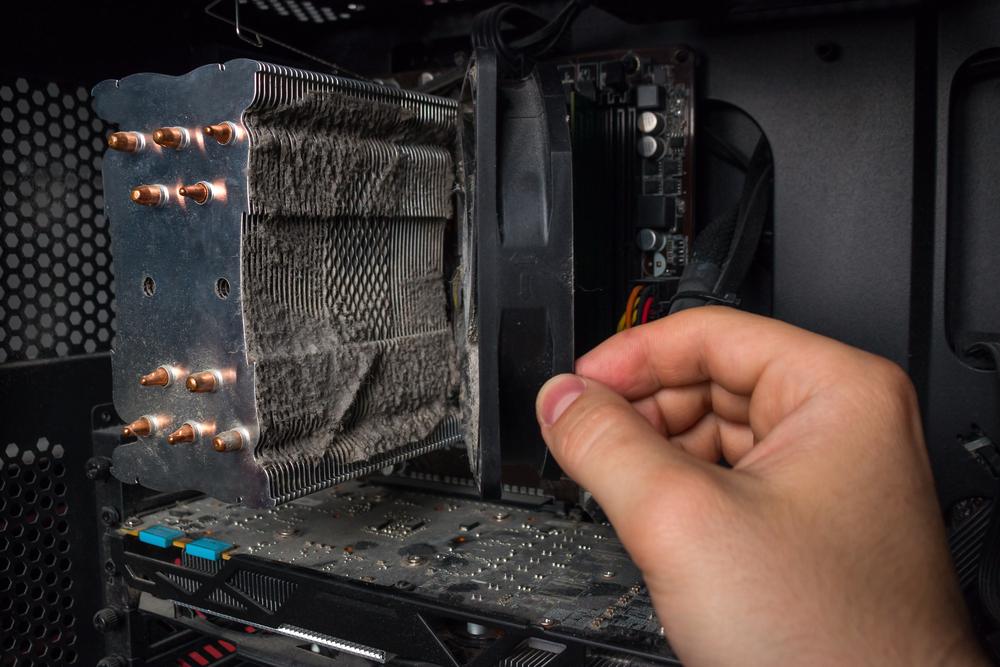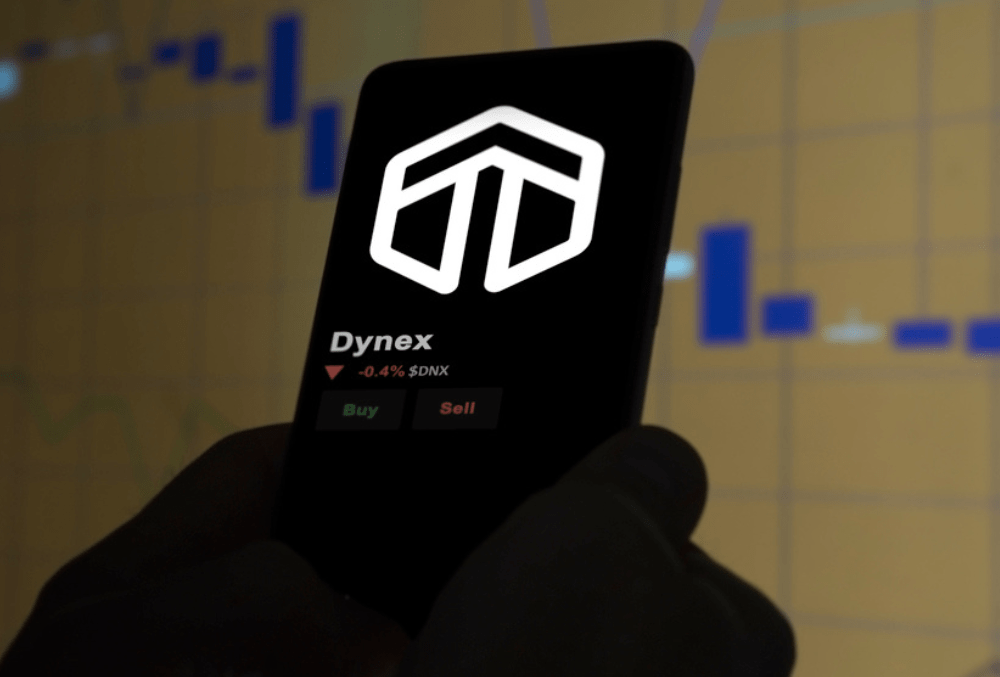In the realm of cryptocurrencies, the concept of a 51% attack often raises concerns among blockchain enthusiasts and miners. Understanding what a 51% attack entails and its potential implications is crucial for anyone involved in mining crypto at home. In this comprehensive guide, we will delve deep into the topic of 51% attacks, exploring their definition, motives, consequences, and preventive measures. So, gear up as we embark on this informative journey into the world of 51% attacks!
Table of Contents
Defining a 51% Attack
A 51% attack, also known as a majority attack or double-spend attack, refers to a scenario in which a single entity or group gains control over the majority of the mining power or hash rate in a blockchain network. This level of control grants them the ability to manipulate transactions, potentially leading to fraudulent activities or disruptions within the network.
In a 51% attack, the attacker aims to undermine the fundamental principles of decentralization and immutability that cryptocurrencies are built upon. By acquiring majority control, they can rewrite transaction history, reverse confirmed transactions, or even double-spend coins.
Motives behind 51% Attacks
The motives behind 51% attacks can vary, and understanding them is crucial to comprehend the risks associated with such attacks. Here are some common motives:
- Financial Gain: Attackers may execute a 51% attack to exploit vulnerabilities in the blockchain network and gain financial advantages. This can include double-spending coins, manipulating transactions for personal gain, or disrupting the network to benefit from market manipulation.
- Revenge or Sabotage: In some cases, individuals or groups may resort to 51% attacks out of spite, seeking revenge or aiming to sabotage a particular blockchain network. These attacks can be fueled by ideological differences, personal grudges, or attempts to undermine competing projects.
- Testing Network Security: Ethical hackers or security researchers might perform 51% attacks to identify vulnerabilities in a blockchain network. By exposing weaknesses, they contribute to the overall improvement of the network’s security.
How Does a 51% Attack Work?
A 51% attack works by exploiting the proof-of-work (PoW) consensus mechanism that many cryptocurrencies use to secure their networks. PoW is a system that requires miners to perform complex calculations to find valid blocks and earn rewards. The difficulty of these calculations is adjusted periodically based on the total hash rate of the network, ensuring that blocks are found at a steady rate.
PoW also relies on the longest chain rule, which states that nodes should always follow and accept the longest version of the blockchain as the true one. The longest chain is assumed to be the most valid one because it represents the most amount of work done by miners.
However, this also means that if someone controls more than 50% of the hash rate, they can create a longer chain than anyone else and make it accepted by other nodes. This gives them the power to manipulate or rewrite parts of the blockchain as they wish.
To launch a 51% attack, an attacker would need to:
- Acquire enough hash power: The attacker would need to have access to enough computing resources that can generate more hashes per second than anyone else on the network. This could be done by buying or renting hardware, hijacking devices with malware, or colluding with other miners.
- Isolate themselves from the network: The attacker would need to disconnect themselves from the rest of the network and mine blocks on their own private chain. This could be done by blocking or ignoring messages from other nodes or creating a separate network with their own nodes.
- Create conflicting transactions: The attacker would need to create two different transactions that spend the same coins on different addresses. They would then broadcast one transaction to the rest of the network and keep the other one on their private chain.
- Outpace the network: The attacker would need to mine blocks faster than the rest of the network and make their private chain longer and more valid than the public one. They would then broadcast their private chain to the rest of the network, overriding the public one and invalidating their first transaction.
Why Does a 51% Attack Matter?
A 51% attack matters because it can have serious consequences for the security, integrity, and value of a cryptocurrency network and its users.
- Security: A 51% attack can compromise the security of a cryptocurrency network by allowing an attacker to alter or rewrite parts of the blockchain. This can undermine the trust and confidence that users have in the network and its transactions. It can also expose users to fraud, theft, or loss of funds.
- Integrity: A 51% attack can compromise the integrity of a cryptocurrency network by allowing an attacker to violate the rules and principles of the network. This can damage the reputation and credibility of the network and its developers. It can also create confusion and uncertainty among users and stakeholders.
- Value: A 51% attack can compromise the value of a cryptocurrency network by allowing an attacker to manipulate or distort the supply and demand of the currency. This can affect the price and volatility of the currency and its market. It can also discourage investors, traders, merchants, and users from adopting or using the currency.
Consequences of 51% Attacks
The consequences of a successful 51% attack can be severe and impact various aspects of the targeted blockchain network. Some notable consequences include:
- Double-spending attacks: This is when the attackers use their majority hash rate to spend the same coins twice on different transactions. They can do this by creating a transaction that sends coins to another address that they control, and then creating another transaction that sends the same coins to a different address, such as an exchange or a merchant. They can then broadcast both transactions to different parts of the network, creating a temporary fork in the blockchain. The attackers can then use their majority hash rate to mine blocks on their own version of the blockchain, making it longer and more valid than the original one. They can then broadcast their version of the blockchain to the rest of the network, overriding the original one and invalidating their first transaction. This way, they can reverse their first transaction and keep their coins, while also receiving goods or services from their second transaction.
- Denial-of-service attacks: This is when the attackers use their majority hash rate to prevent other miners from finding valid blocks and earning rewards. They can do this by refusing to broadcast their blocks to the rest of the network, creating a secret chain that only they know about. They can then periodically release their blocks to the rest of the network, making them longer and more valid than any other blocks that other miners may have found. This way, they can orphan any blocks that other miners have found, making them invalid and worthless. This can discourage other miners from participating in the network, reducing its security and decentralization.
- Transaction Reversals: With majority control, attackers can manipulate the transaction history and reverse previously confirmed transactions. This can cause chaos and disrupt the normal functioning of the blockchain network.
- Network Instability: A successful 51% attack can lead to network instability, creating forks, and causing confusion among users and miners. The value and reputation of the targeted cryptocurrency may suffer as a result.
- Loss of Confidence: 51% attacks can significantly damage the confidence and trust of users, investors, and businesses associated with the targeted blockchain network. The perceived vulnerability may lead to a decline in adoption and negatively impact the long-term viability of the cryptocurrency.
Preventing 51% Attacks
While no system can be completely immune to 51% attacks, preventive measures can significantly reduce the likelihood of their success. Here are some key strategies to mitigate the risk of 51% attacks:
- Increased Network Hash Rate: A higher network hash rate makes it more difficult for an attacker to acquire the majority of the mining power. Miners should actively participate in securing the network by dedicating their computational resources to the blockchain they mine.
- Consensus Algorithm Design: Cryptocurrencies can employ consensus algorithms specifically designed to resist 51% attacks. For example, Proof-of-Stake (PoS) and Delegated Proof-of-Stake (DPoS) algorithms introduce mechanisms that make it economically costly for attackers to control the majority of the network.
- Decentralization and Distribution: A well-distributed network with a wide range of miners and node operators reduces the risk of centralization and makes it harder for an attacker to acquire majority control. Miners should choose pools that prioritize decentralization and avoid joining pools that consolidate hash power.
- Network Monitoring and Alerts: Continuous monitoring of the network’s hash rate, transaction history, and anomalies can help detect and respond to potential 51% attacks promptly. Advanced warning systems and alert mechanisms can provide early indications of suspicious activities.
- Collaboration and Communication: Collaboration among miners, developers, and the community is vital in identifying and addressing potential vulnerabilities. Transparent communication channels allow for the timely dissemination of information and the collective response to emerging threats.
Understanding Network Consensus
Network consensus is a fundamental aspect of blockchain technology that ensures agreement among participants on the validity of transactions and the state of the distributed ledger. Consensus mechanisms, such as Proof-of-Work (PoW), Proof-of-Stake (PoS), and Delegated Proof-of-Stake (DPoS), play a crucial role in preventing attacks and maintaining the security of blockchain networks. Understanding the intricacies of consensus algorithms is essential for miners and participants in the blockchain ecosystem.
Frequently Asked Questions
A 51% attack refers to a scenario where an individual or group gains control over the majority of the mining power in a blockchain network, allowing them to manipulate transactions and potentially disrupt the network’s operations.
A successful 51% attack can result in double-spending of coins, transaction reversals, network instability, and a loss of confidence in the affected cryptocurrency.
No, not all cryptocurrencies are vulnerable to 51% attacks. The susceptibility depends on the consensus algorithm employed and the level of decentralization within the network.
Yes, there have been instances of successful 51% attacks, such as the attacks on Bitcoin Gold and Verge. These incidents serve as reminders of the importance of robust security measures.
Miners can protect against 51% attacks by participating in a well-distributed network, increasing the network’s hash rate, and choosing consensus algorithms that make majority control economically infeasible for attackers.
Recovering from a successful 51% attack can be challenging, but it depends on the specific circumstances. Network rollbacks, community consensus, and implementing enhanced security measures are potential recovery strategies.
Conclusion
Understanding the concept of a 51% attack is crucial for individuals involved in mining cryptocurrencies at home. By comprehending the motives behind such attacks, the potential consequences they can have on blockchain networks, and the preventive measures available, miners can better protect themselves and contribute to the overall security of the cryptocurrency ecosystem. Stay informed, stay vigilant, and ensure that your mining operations prioritize network security.




















